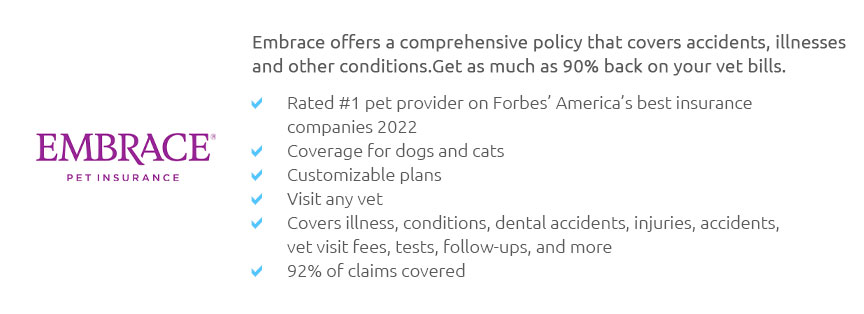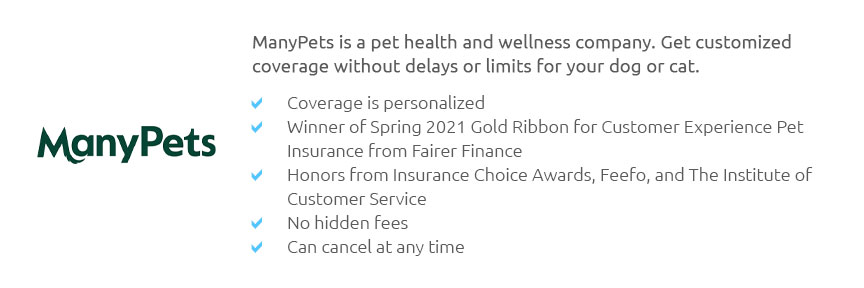 |
 |
 |
 |
 |
|
 |
|
 |
|
 |
|
 |
|
 |
|
 |
|
 |
 |
Understanding Pet Insurance Cost Per Year: What to ExpectPet insurance is becoming increasingly popular as pet owners seek ways to manage veterinary costs. Understanding the cost per year can help you make an informed decision. Factors Influencing Pet Insurance CostsThe cost of pet insurance varies based on several factors. Knowing these can help you anticipate what you might pay annually. Breed and AgeBreed and age are two significant factors. Some breeds are prone to specific health issues, which can increase premiums.
LocationYour geographical location also affects costs. Veterinary services can be more expensive in urban areas compared to rural settings. Typical Cost RangeOn average, pet insurance can cost anywhere from $300 to $600 per year for basic coverage. Comprehensive plans can exceed $1,000 annually. Different Types of CoverageThere are various types of pet insurance coverage, including accident-only, accident and illness, and comprehensive plans.
For specific needs, such as pet insurance that covers ACL surgery, it is crucial to check the policy details. Benefits of Pet InsuranceInvesting in pet insurance offers several benefits beyond just financial protection.
FAQWhat are the typical exclusions in pet insurance policies?Most pet insurance policies exclude pre-existing conditions, cosmetic procedures, and routine care unless specified. It's vital to read the fine print to understand what is and isn't covered. Can I change my pet insurance plan after purchasing?Yes, you can typically change your plan, but it's advisable to do so at the policy renewal date to avoid coverage gaps. Some companies might charge an administration fee for mid-term changes. How does a deductible affect the cost of pet insurance?A higher deductible usually results in a lower premium, but you'll pay more out-of-pocket before the insurance kicks in. It's important to choose a deductible that balances your budget and expected veterinary costs. It's also worthwhile to explore options like pet insurance that covers cruciate ligament surgery if your pet is prone to such issues. Doing so ensures you're prepared for any health-related contingencies. https://www.progressive.com/answers/pet-insurance-cost/
For accident-only pet insurance, the average premium was $16.70 for dogs and $10.18 for cats. As you can see, cats are typically less expensive to insure than ... https://naphia.org/industry-data/section-3-average-premiums/
2023 Average Premiums (U.S.) ; DOG, Annual: $675.61. Monthly $56.30, Annual: $204.16. Monthly $17.01 ; CAT, Annual: $383.30. Monthly $31.94, Annual: $116.11 https://www.petinsurance.com/all-products/
All products ; MY PET PROTECTION - $7 /paycheck* - 50% reimbursement. $250 annual deductible. $7,500 max annual benefit ; MODULAR PET INSURANCE PLAN - $16 /mo.
|